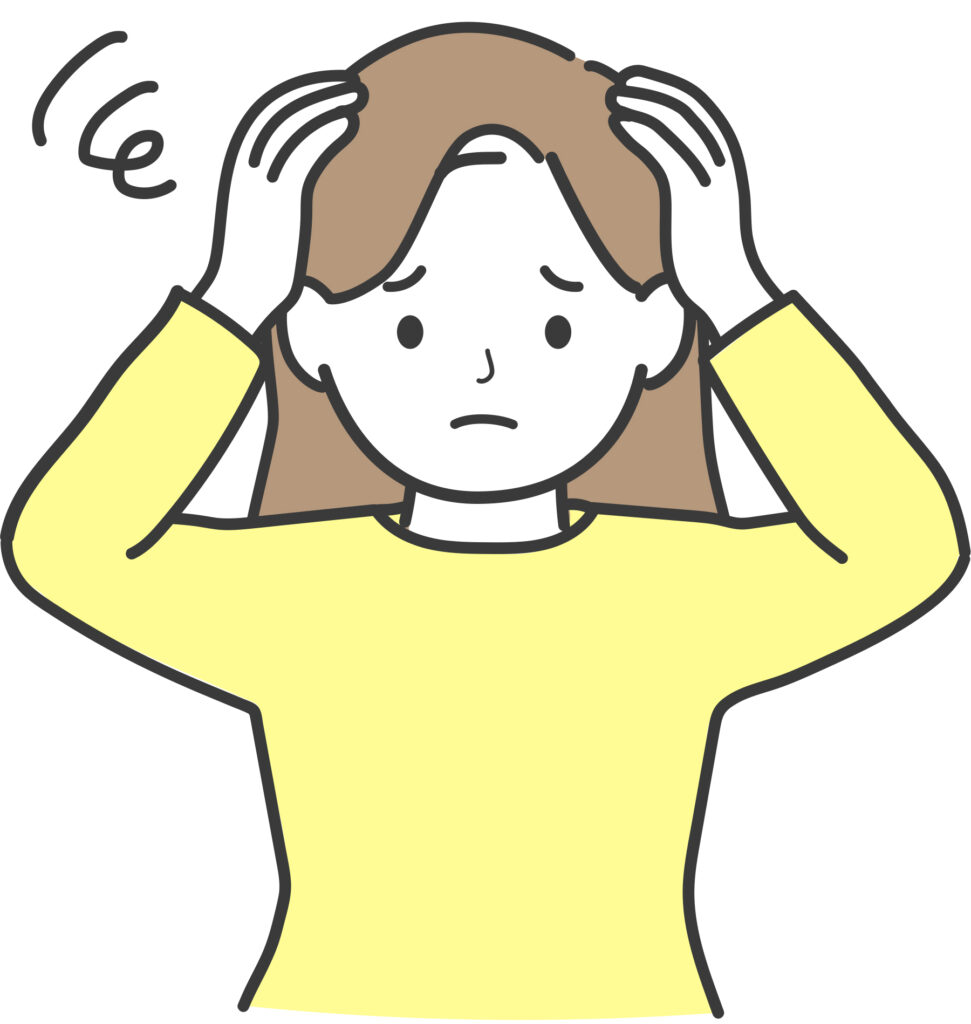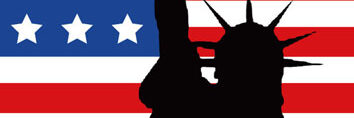オーストラリアのミッチェル弁護士から、弁護士ならではの法的視点から見たお便りが届きました。
事故の被害者の損害賠償金とジェンダー、つまり男性・女性による違いについて解説してくれています。
日本にとっては身近なオーストラリアの様子を知ると、日本の様子が見えてくる…このような視点での読み物としても、とても興味深い内容です。
↓↓ The original English version is bellow 🙂
オーストラリアでは男性の方が女性よりも賠償金を多くもらえるの?
オーストラリアの賠償制度には、男性優遇の印象を与えるさまざまな特徴があります。
法律制定者が偏見を生み出そうと意図したわけではないことはわかっていますが、ジェンダー・ニュートラルな制度(性別による差がない制度)にするために、改善の余地はあると思います。
以下に、オーストラリアの賠償制度のいくつかの特徴を紹介していきます。

ケガの種類
まず最初に、傷害に対する賠償金の算定方法を見てみましょう。
制度の性質上、傷害の種類によって賠償額が異なります。
オーストラリアの各州政府は、法律で賠償請求の方法(裁判前に講じなければならない必須の手続きなど)や、賠償額算出の際に考慮される重要な要素の1つである「痛みと苦しみ」に対する支払額の限度を規定しています。
傷害は、たとえば下肢の傷害、目の損傷、精神的傷害などに分類され、それぞれの分類の中でまた、重症度によって分かれます(特定の傷害によって生じた後遺障害の程度を参照して、高度から低度まで)。
ところが、このような方法分類方法を取った場合、潜在的な男女間の不平等を生み出します。
日本人の女性が実際に遭遇した事例
この方法の難しさを説明する例として、私の日本人クライアントのMさんが実際に遭遇した例を挙げましょう。
Mさんは若い独身女性で、オーストラリアでの短期休暇中にバスにひかれて重傷を負ってしまいました。
歩行者であったMさんには、何の責任もない事故で、バスのCTP(強制)保険会社はMさんに賠償金を支払う義務がありました。
前述のとおり、損害賠償金の算出時に重要になる要素の一つが、「痛みと苦しみ」です。私のクライアントは、ひどい剥離損傷の結果(バスの車輪の下敷きになったときに皮膚が完全に裂けてしまった)、脚におおきな傷跡が残ってしまい、若い女性であるMさんにとって大きな悩みの種になりました。温泉に行くのが大好きなMさんでしたが、事故後は瘢痕(皮膚の傷を治療した後に残ってしまうあと)を気にして、楽しめなくなってしまいました。
残念ながら、Mさんの傷跡に対するこうした悩みは、法律に基づいた場合、適切に認められることはありません。
彼女の「痛みと苦しみ」に対する賠償額の算定は、医学的評価によって定義された後遺障害のレベルのみを参照し、彼女の個人的感情は除外されていました。Mさんには賠償金を得る権利はありましたが、所定の規則によって算出された金額は信じられないほど控えめなものであり、彼女の脚の永久的な傷跡によってもたらされた個人的な深い感情、影響を反映したものではありませんでした。
どのような傷害でもそうであるように、事故による深刻な傷跡に悩まされた人は、痛みや苦しみに対する補償を受ける権利があります。しかしそれに留まらず、形成外科手術を受けるなどして、傷跡の影響を和らげるための金銭的出費も含めて、補償を受ける権利があります。
女性に特有な被害
次に考えられるのは、陣痛や出産の際の怪我など、女性特有の怪我の種類が多いということです。
さらに、性別に関係なく負う怪我でも、女性の方がより多く経験する怪我もあります。例えば、性的暴行や家庭内暴力による傷害は、統計上、女性の方が男性よりもはるかに多く苦しんでいることが明らかです。
興味深いことに、裁判官のアプローチは様々です。
たとえば、ニューサウスウェールズ控訴裁判所のカービー判事は、化粧品による傷は男性よりも女性の方が有害であるかもしれないという趣旨の裁判員による発言を非難しました。反差別法の下で無くなるべき見解だ、というのがカービー判事の考えでしたが、他の裁判官は(女性であろうと男性であろうと)個々の請求者の苦痛の程度を評価する必要があり、一般化や固定観念を適用すべきではない、という範囲で結論づけられました。
しかし、オーストラリア社会では、同じ傷跡でも、女性が負った場合には男性と比べて世間の反応が異なるということはあり得るのではないでしょうか。
また、もしそのような差別的な態度が社会に存在するのであれば、その要素は賠償額の査定において考慮されるべきではないでしょうか?

介護者としての役割で影響を受ける女性たち
賠償制度に偏りが生じる可能性があるもう一つの特徴は、負傷者が配偶者や家族によって家庭で介護されている状況です。
このシナリオには、もちろん男性が介護者の役割を果たす(そしてしばしば立派に果たす)状況も含まれますが、統計は、無報酬の介護労働の大部分を女性が担っているという状況を裏付けています。オーストラリア統計局によると、障害者の主な介護者の68%は女性です。
歴史的に、オーストラリアの裁判所は、特に配偶者やその他の家族によって提供される、負傷者に対するサポートの価値を認めてきました。
1977年のオーストラリア最高裁判決Griffiths v. Kerkemeyerは画期的なケースであり、家族や友人によって提供されたケアが無償であっても、賠償金には、家族や友人によって提供されたケアに対する補償分も含まれることを認めました。
この判例以降、無償ケアの価値が認められるようになりました。従来は、賠償金の一部として回収可能なのは専門的な介護サービス(負傷者が費用を負担する)のみでした。
現在オーストラリアでは、州政府の法律により、その立場が劇的に変化しています。「一般損害賠償」の権利を規定する政府法が、無償のケアに対する補償に人為的な制限を課しているのです。
最低週6時間のケアを6ヶ月間提供されたときには補償の対象に、それ以下のレベルで提供されたケアは補償の対象外になります。例として、怪我をした夫を家で面倒をみるために、妻が仕事時間を減らしたにもかかわらず、週5時間のサポートだった場合、妻によるケアはまったく無視されることになるのです。
そう考えると、女性の家族による“無償”のケアが軽んじられているのかもしれません。
権利法
オーストラリアでは、女性の権利はさまざまな法的枠組みでカバーされ、男女平等の推進を含む政府のイニシアティブによって支援されています。
1984年に制定された性差別禁止法は、連邦政府が制定した法律の重要な基盤であり、性別による差別の禁止を含む、いくつかの要因による差別を禁止しています。
おわりに
良いことで締めくくりましょう。
1902年、オーストラリアは世界で初めて女性に選挙権と被選挙権を与えました。
▶️オーストラリア留学、オーストラリア滞在の皆様、サポートするエージェントの皆様、オーストラリアでの法的サポートは万全ですか?ご不明な点があれば、お気軽に i@jinken.com まで。
▶️オーストラリア滞在中の法的な緊急対応:
(日本語)MBA法律事務所 パートナー弁護士ミッチェル・クラーク 専用お問い合わせフォーム
▶️MBA法律事務所パートナー ミッチェル・クラーク弁護士のご紹介はこちらから
Legal Column : theme of Gender and Compensation
Do males get more compensation money than females in Australia?
Various features of the Australian compensation system giveappearance of favoring males.Irecognise that such statement has high sensitivity and it likely wasn’t the intention of our law-makers to create any bias yet through exploration of several features (which are described inthis Article) there is scope for potential improvement under the aim of making the systemgender neutral.
Type of injury
Let us firstly explore the way that compensation is payable in reflection of injury. By thenature of that scheme, different types of injuries attract a higher payout.Eachof the StateGovernments in Australia have introduced legislation (different yet similar in effect) thatimposes a prescription on the method for prosecution of compensation claims(meaning, themandatory steps to be taken prior to entrancingthe case into the Court system),and also(most important for this analysis) prescribed limitation on the amount payable for “pain andsuffering”, as 1 important element (of several elements) considered in the calculation of thepay-out price.The prescription is defined byinjuries beingindividuallycategorized (such aslower limbinjury, separate to damage to eye, and separate again to psychiatric injury etc.)and within each category there is then a prescribed rangereflecting the level of severity(meaning, a higher level through to a lower level measurable by reference to the extent ofpermanent impairment created by the particular injury).
Such prescription method creates potential inequality
Here is a real-life example encountered by one of myown Japanese clients, as a sample toillustrate the difficulty with the prescription method. She was a young, single woman seriouslyinjuredwhenrun over by a buswhen on short tourist visit to Australia. As a pedestrian shewas blameless in the accident. The CTP insurer of the bus was obligated to pay financialcompensationto her. An important component of the assessment of the compensation payoutwas “pain and suffering”. My client had been left with disfiguring scarring to her leg as aresultof a horrible degloving injury. Basically, the skin of her leg has been torn backcompletely when she was trapped under the wheel of the bus. Very naturally, the permanentscarring was of hugeworryfor this client as both a young person and a female. Can youimage her distraught when trying to think about her future including going on date withprospective husband or her anxiety about refusing to visit onsen (which she had enjoyedregularly before the accident) due to anxiety about her physical appearance.
Thosegenuineconcerns for thisfemaleclient were never capable of being appropriatelyrecognized because of the prescription regulation. The calculation of the amount for her “painandsuffering” wassimply regulated under the scheme by reference solely to the level ofpermanent impairment, defined by medical rating of the scarring and excluding her personalfeelings. Whilst she was entitled to an amount of money (meaning, she was not entirely disregarded) the amount defined by the prescribed regulation was incredibly modest, and inno way reflected the deep personal impact created by permanent scarring to her leg.
As with any form of injury, the person afflicted with severe scarring from an accident will beentitled to compensation for the pain and suffering, as well as the pecuniary expenses that gowith reasonable attempts to mitigate the effects of the disfigurement, such as via the takingof plastic surgery.
Injuries particular to women
The next consideration is that we can easily think of many types of injuries which are particularto women, such as injury suffered during child labor and birth. Plus, there is a similar thoughtabout injuries which although they arise with men are more commonly experienced by women.An example is injuries from sexual assault and domestic violence in which the statistics clearlyindicate that women are much higher afflicted than men.
Interestingly, Judges have taken different approaches. For example,Justice Kirby in the NewSouth Wales Court of Appeal deplored remarks by Trial Judges to the effect that cosmeticinjuries might be more harmful to women than men. In the view of Justice Kirby, heconsidered that such views were the type of evils soughtto be eradicated by anti-discriminationlegislation. Other Judges agreed that to the extent that they accepted that the extent of theindividual claimant’s suffering must be assessed (whether female or male) and thatgeneralisations and stereotypes should not be applied. Is it possible however that inAustralian society the public reaction to the same scarring to a female as compared to a maleis different? And, if such discriminatory attitudes exist in our society, should that factor be arelevant consideration in the assessment of compensation?
Women impacted in role as carers
Within this general theme, another feature within the compensation system that has apotential bias is in situation where an injured person is being cared for at home typically byspouse or family member. That scenario includes of course situations in which men performthe role of carer (and often admirably perform) yet statistics support the status of womenproviding the majority of unpaid caring work. According to the Australian Bureau of Statistics,in the order of 68% of primary carers of people with disability are women.
Historically, the Australian Court recognized the value of the support provided to injuredperson, typically by their spouse or other family member, notwithstanding that such supportis provided without charge. In 1977 it was the landmark case in the High Court of AustraliainGriffiths vKerkemeyerthataffirmed that entitlement for the injured person’s payout toinclude money for the component of the care provided by family and friends, even though thecare was provided gratuitously (meaning without charge). From that case, the value of thecaresupport was recognised, whereas previously it was only professional care services (whichwere paid at a cost by the injured person) thatwererecoverable as part of the compensationpayout.
Now in Australia the position has been changed dramatically as a result of the StateGovernment legislation. The same government law that regulates the entitlement to “generaldamages” hasimposed an artificial restriction on recovery for gratuitous care. The restrictionis created through the legislation defining a ceiling in which it is only care provided for aminimum of 6 hours per week for 6 months which is compensable. The result is that anycare provided at a lower level has nil compensation entitlement.What a poor sense of justice when (as an example) a wife reduces her work to part time only in order to support her injuredhusband at home, yet that support amounts to 5 hours per week, rather than the artificial 6hours ceiling) meaning that the wife’s very kind help is entirely disregarded.
It might be described that the effect is to devalue the “free” careby female family members.
Rights law
Women’s rights, in Australia, are covered in various legal frameworks and supported viagovernment initiatives, including promotions toward gender equality. The Sex DiscriminationAct made in 1984 is a key platform of federal government-made law that prohibitsdiscrimination based on several factors including outlawing discrimination based on sex.
End remark
Fun fact to finish: In 1902, Australian became the first country in the world to grant womenthe right to vote and stand for election.
▶️オーストラリア留学、オーストラリア滞在の皆様、サポートするエージェントの皆様、オーストラリアでの法的サポートは万全ですか?ご不明な点があれば、お気軽に i@jinken.com まで。
▶️オーストラリア滞在中の法的な緊急対応:
(日本語OK)MBA法律事務所 パートナー弁護士ミッチェル・クラーク 専用お問い合わせフォーム
▶️MBA法律事務所パートナー ミッチェル・クラーク弁護士のご紹介はこちらから

